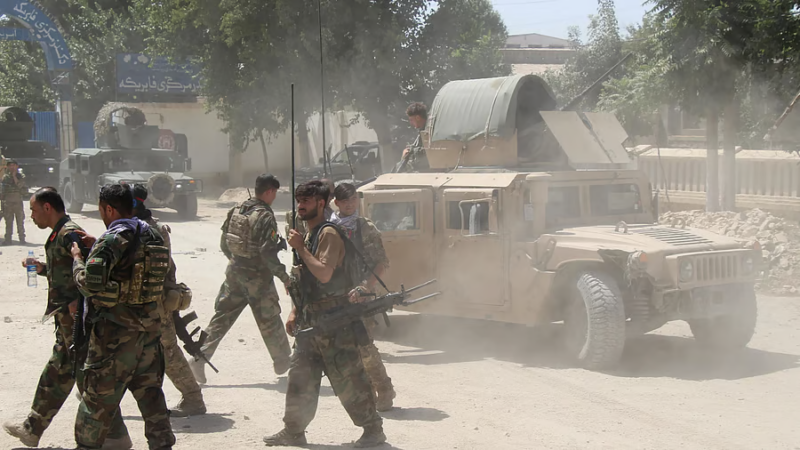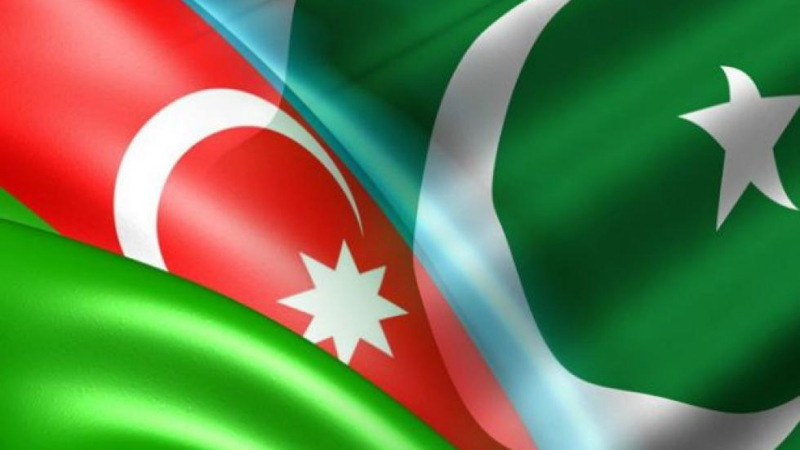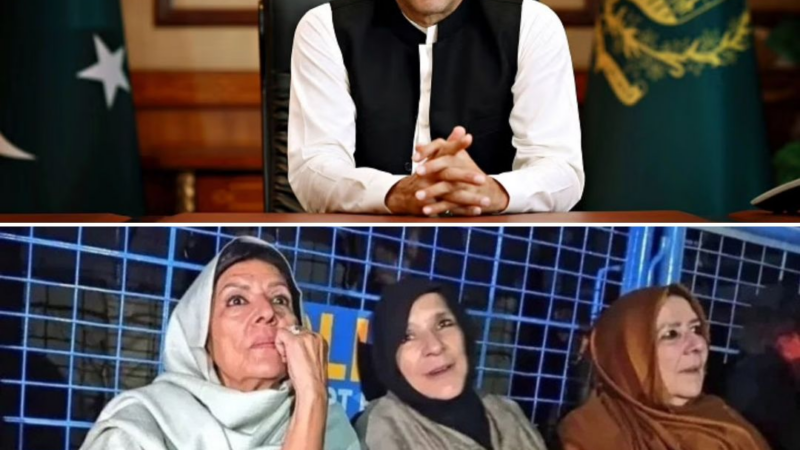Literacy rate of children above 9 years is 60% in Pakistan

Islamabad, Pakistan: Literacy rate of students 10 years and above is 60% according to the a survey by the Pakistan Bureau of Statistics (PBS).
The PBS survey is aimed at providing data for monitoring development plans at national, provincial and district levels for evidence-based policymaking, reported The Express Tribune.
It provided detailed outcome indicators at district level with urban and rural breakdown on education, health, housing, water sanitation and hygiene, along with information-on-information communication and technology (ICT), food insecurity experience scale (FIES) and disability and migration.
According to the survey, net enrolments at primary, middle and matric levels in provinces have either remained stagnant or shown decreasing trends. Enrolments at all levels are highest in Punjab, followed by Khyber Pakhtunkhwa (K-P) and Sindh while they are the lowest in Balochistan, reported The Express Tribune.
“There are 32 per cent children aged 5-16 years who are currently out of school; highest percentage of out of school children is in Balochistan [47 per cent] and lowest in Punjab [26 per cent].
“Rajanpur in Punjab, Thatta in Sindh, Kohistan and Bajur in the K-P and Harnai, Qillah Abdullah and Ziarat [in Balochistan] are at the bottom in education indicators within their respective provinces.”
However, Sindh has shown a declining trend in literacy rates; show the results of the Pakistan Social and Living Standards Measurement (PSLM) survey 2019-20.
The PSLM 2019-2020 said all health indicators showed an improving trend as compared to PSLM 2014-15.
Full Immunization based on records for children aged 12-23 months increased significantly from 60 per cent in 2014-15 to 70 per cent in 2019-20 and accordingly all provinces have shown an increasing trend, reported The Express Tribune.
The prenatal care has significantly increased for women from 15 years to 49 years of age to 77 per cent as compared to 73 per cent as recorded during the PSLM 2014-15.
Another encouraging factor regarding the mother and child health is that the percentage of deliveries assisted by skilled birth attendants in overall Pakistan has increased to 68 per cent in 2019-20 as compared to 58 per cent as recorded in 2014-15, said the PSLM survey.
“However, it is informed that there is a stark difference in district situations within provinces regarding the health indicators,” it added.
The results indicate that overall 12 per cent of households own a computer or a laptop; 93 per cent own mobile phones and 33 per cent have internet access – percentages being higher in urban areas.
Overall 45 per cent individuals of ten years of age and above own mobile phones and 19 per cent use internet facilities. However, there are large gender differences in both indicators with 65 per cent of males having mobiles as compared to 25 per cent of females, reported The Express Tribune.
Survey of housing revealed that there are large gaps in urban and rural areas and within the provinces in almost all indicators. Overall almost 96 per cent households in Pakistan use electricity for lighting – 91 per cent have electricity supply and 5 per cent use power generated by solar panels, said the survey report.
Around 48 per cent households use gas as the main fuel for cooking, while 37 per cent households are using clean fuel for lighting, cooking and heating.
“94 per cent households are using improved water facilities for drinking water including piped water, motor pump, hand pump, protected well, protected spring, bottle water, tanker or water bearer. 68 per cent have access to toilet facility which is not shared with others,” it said.
The survey revealed that overall 84 per cent households in Pakistan are food secure; 14 per cent households reported moderate food insecurity, whereas 2 per cent households reported severe food insecurity. “The prevalence of moderate and severe insecurity is highest in Balochistan [23 per cent] and lowest in the K-P with 14 per cent,” it said.
“During Covid first wave period the same module was used in a special survey for evaluating the socio-economic impact of Covid-19 by the PBS. [It] had shown 40 per cent of households experienced either moderate or severe food insecurity – 30 per cent moderate and 10 per cent severe.”






